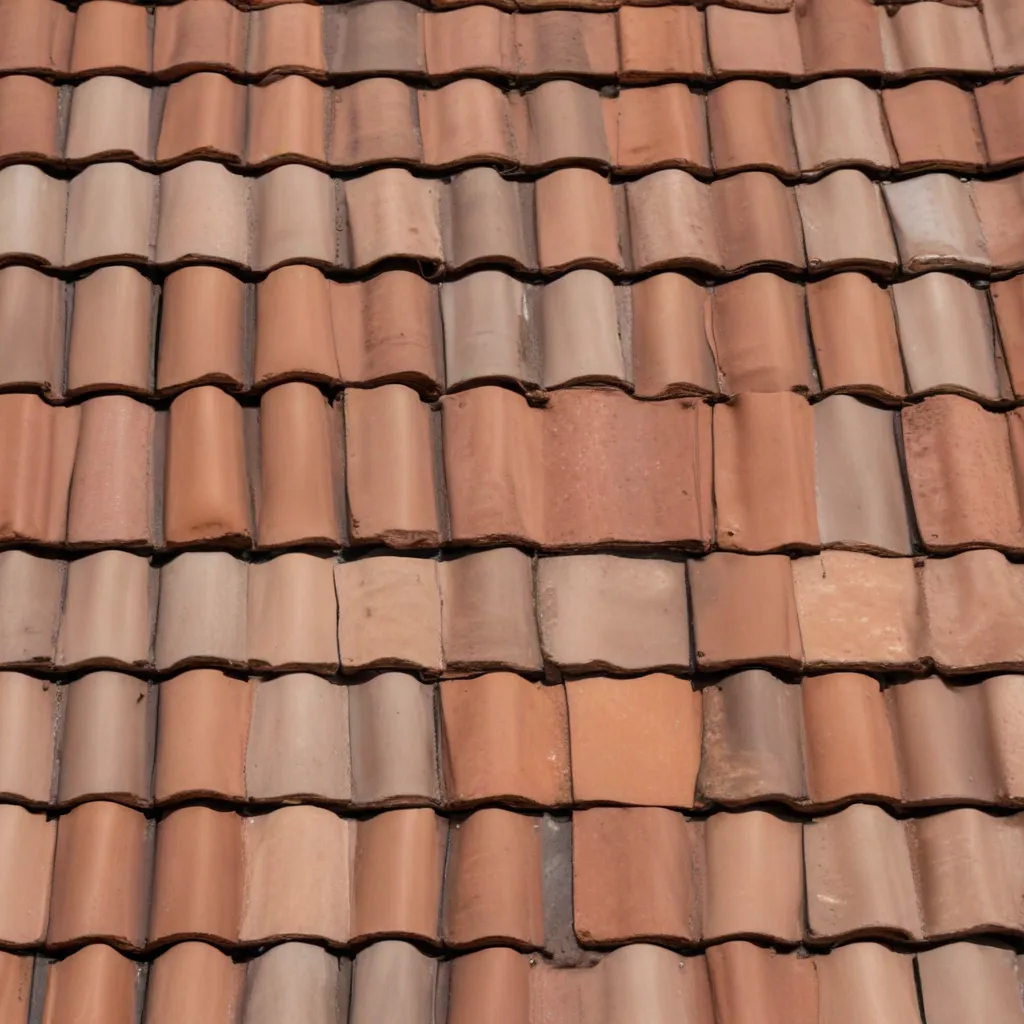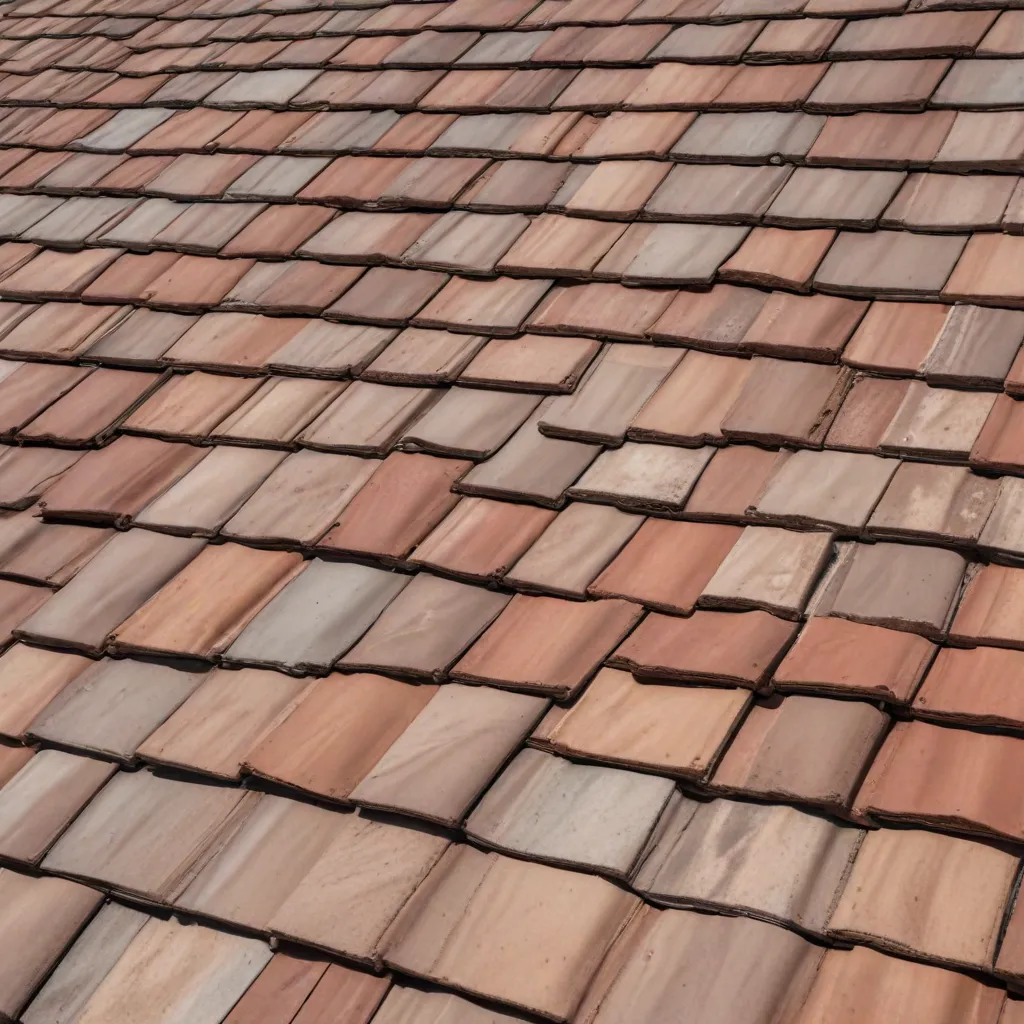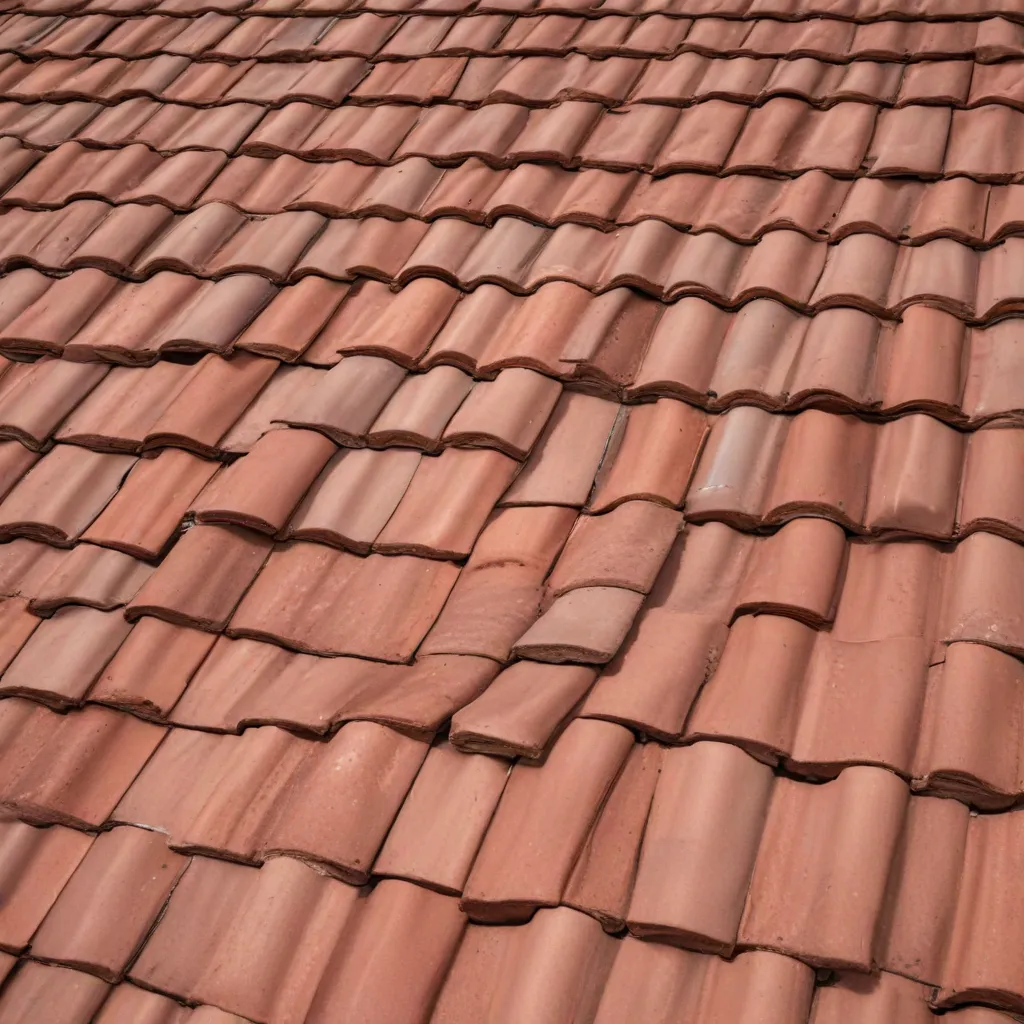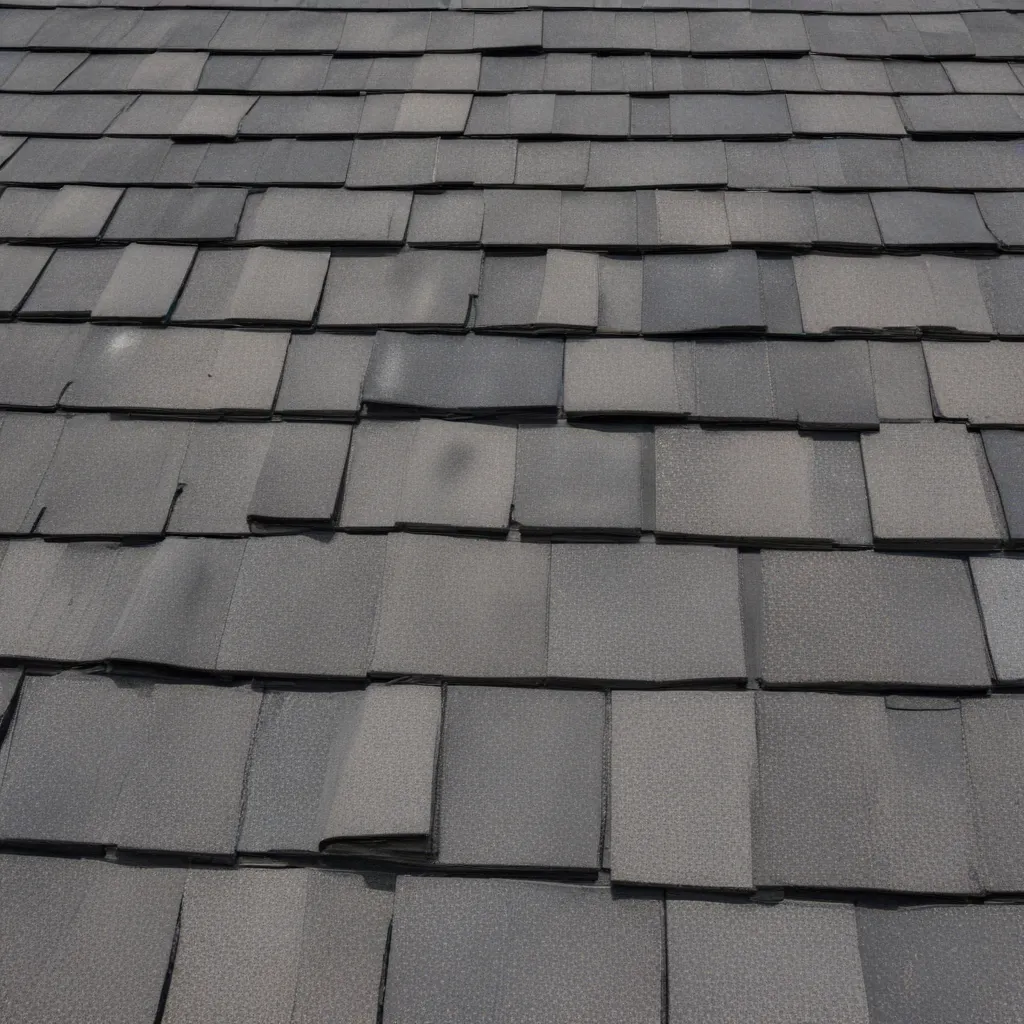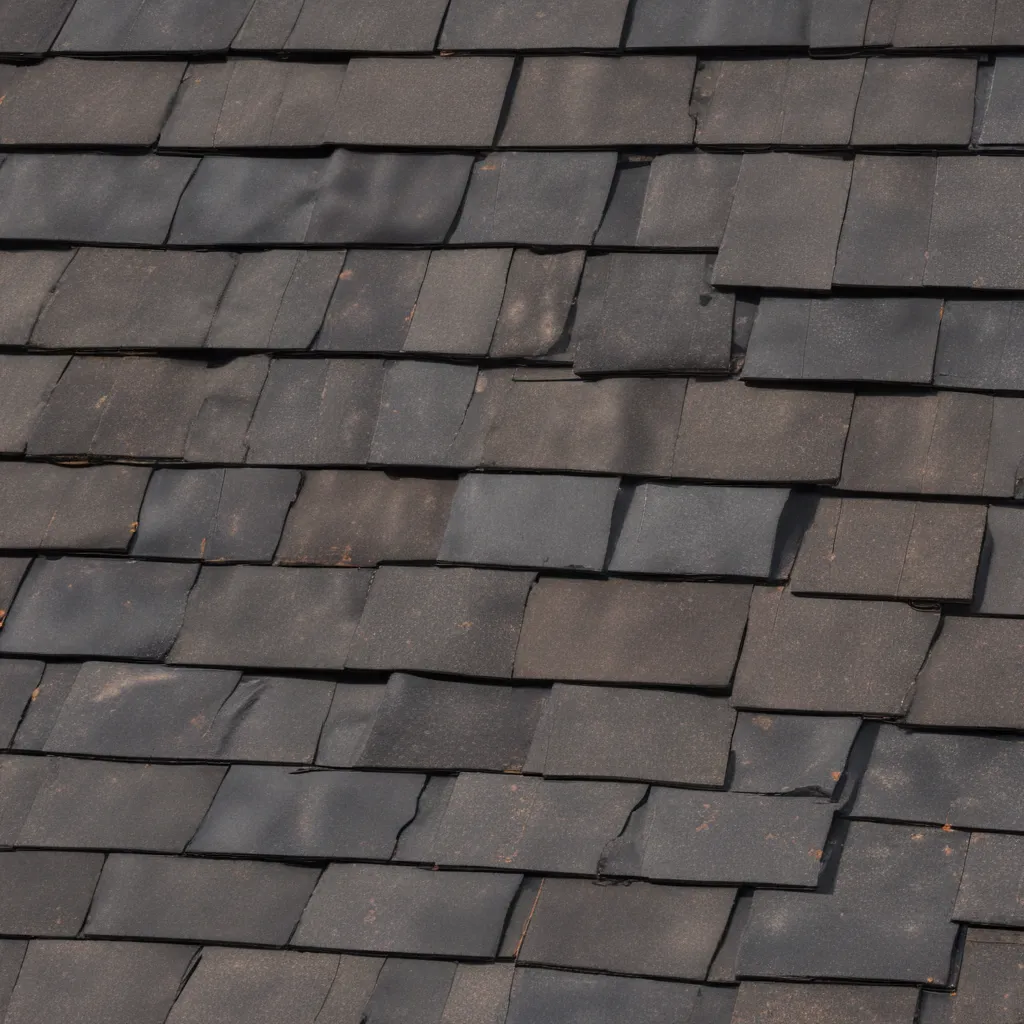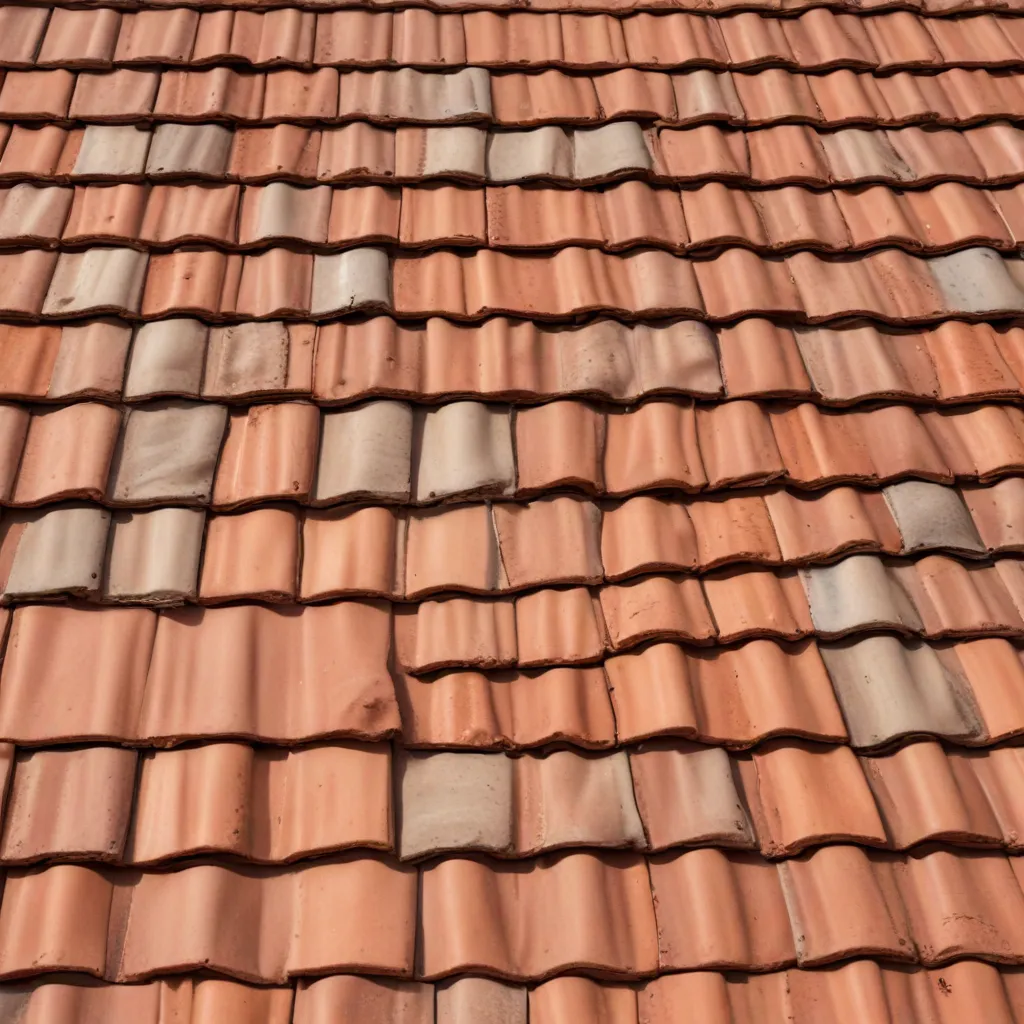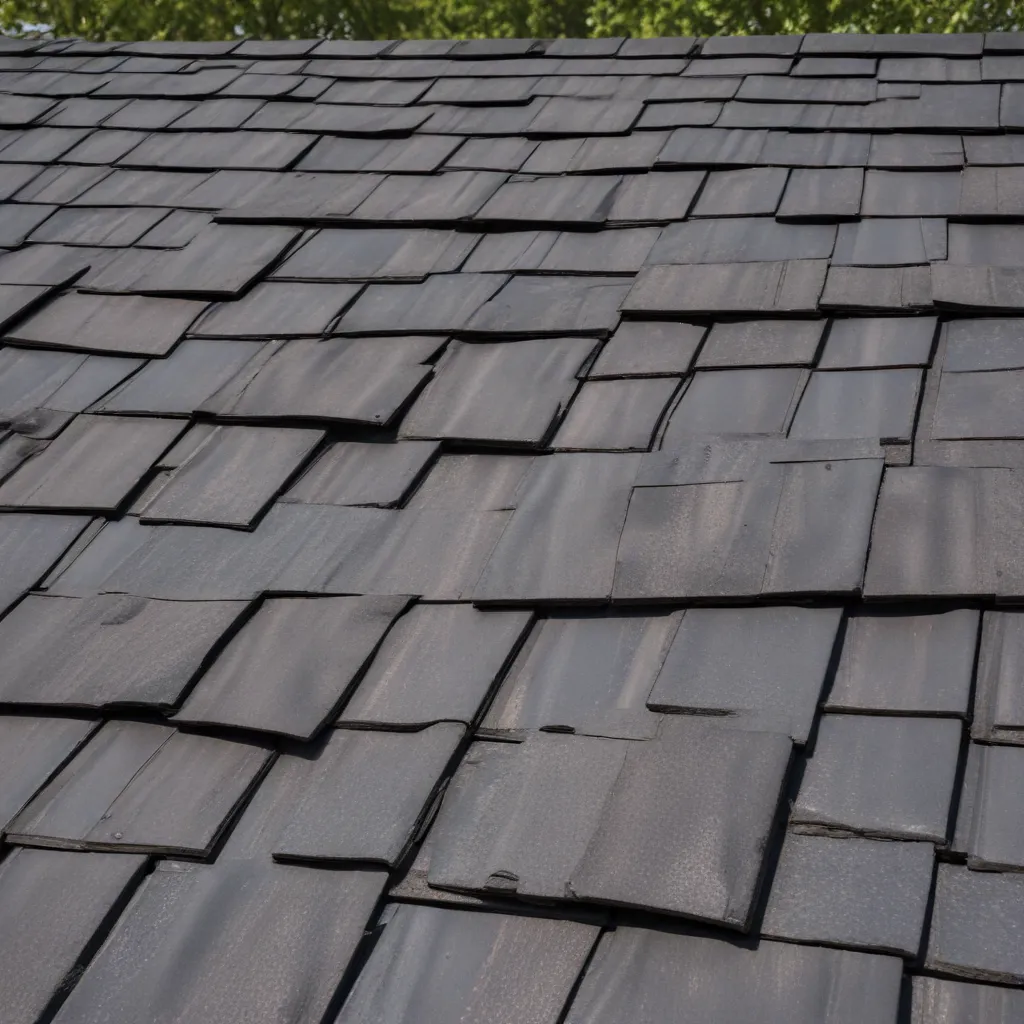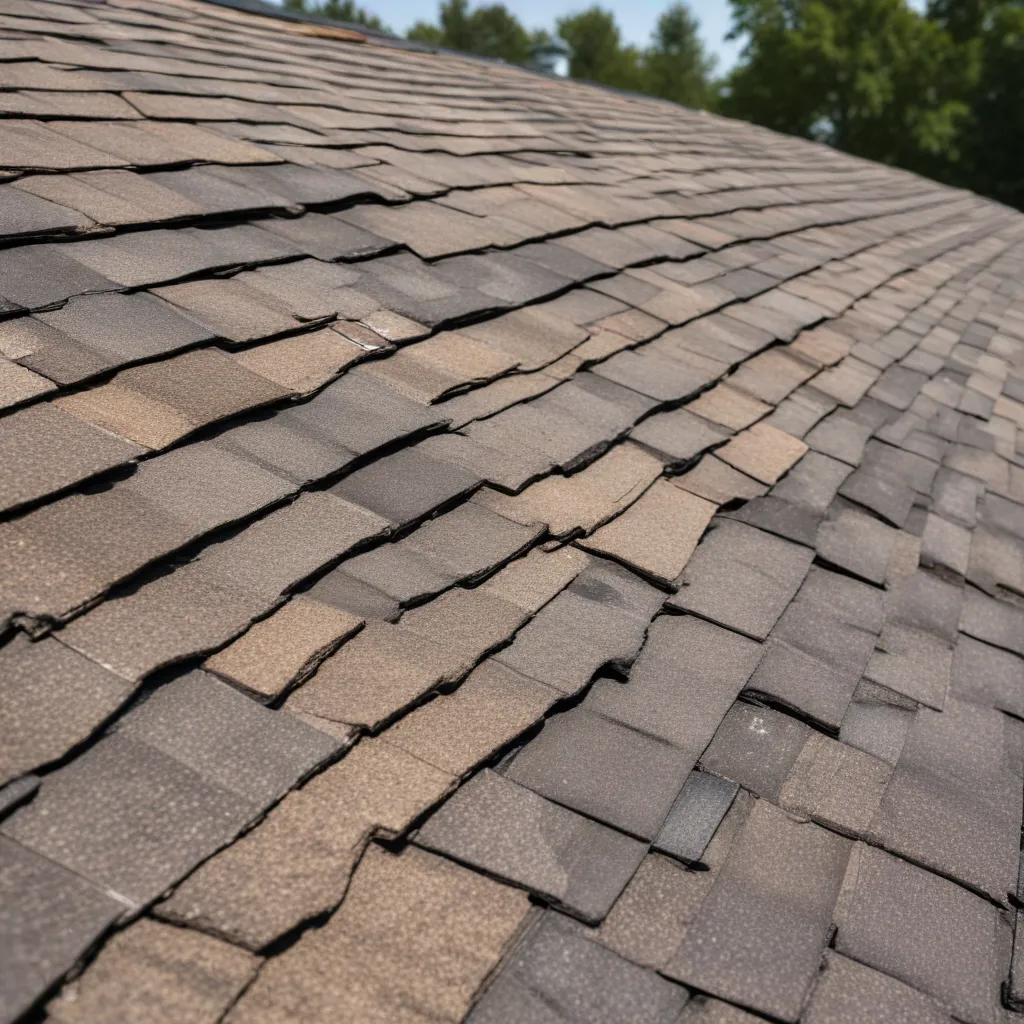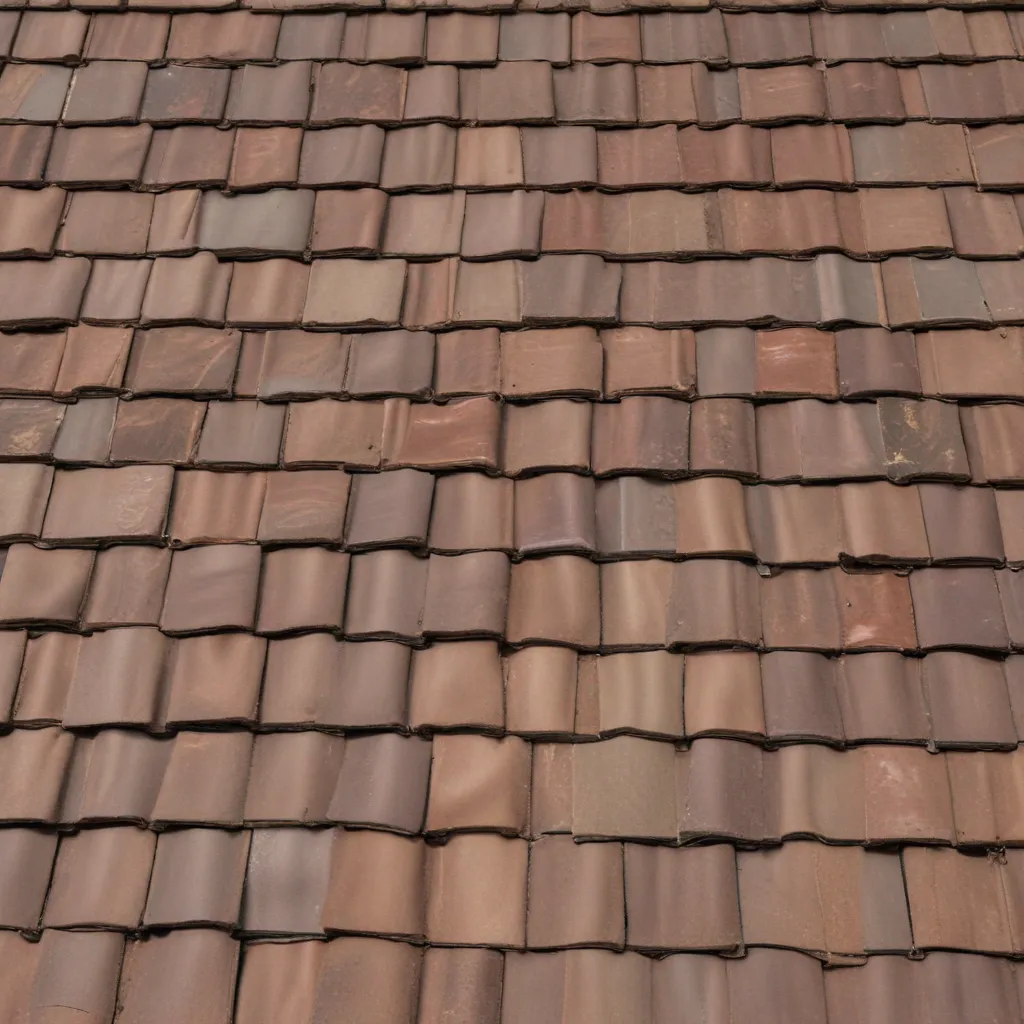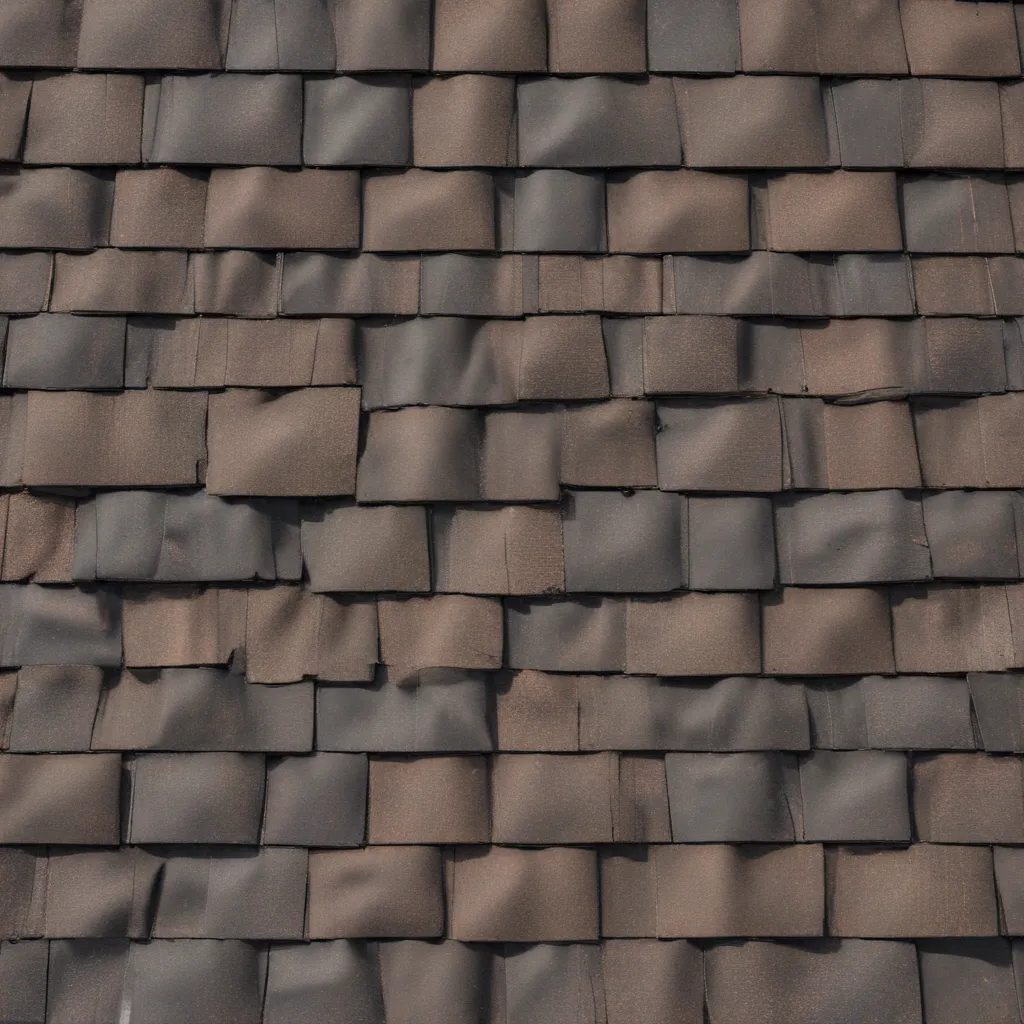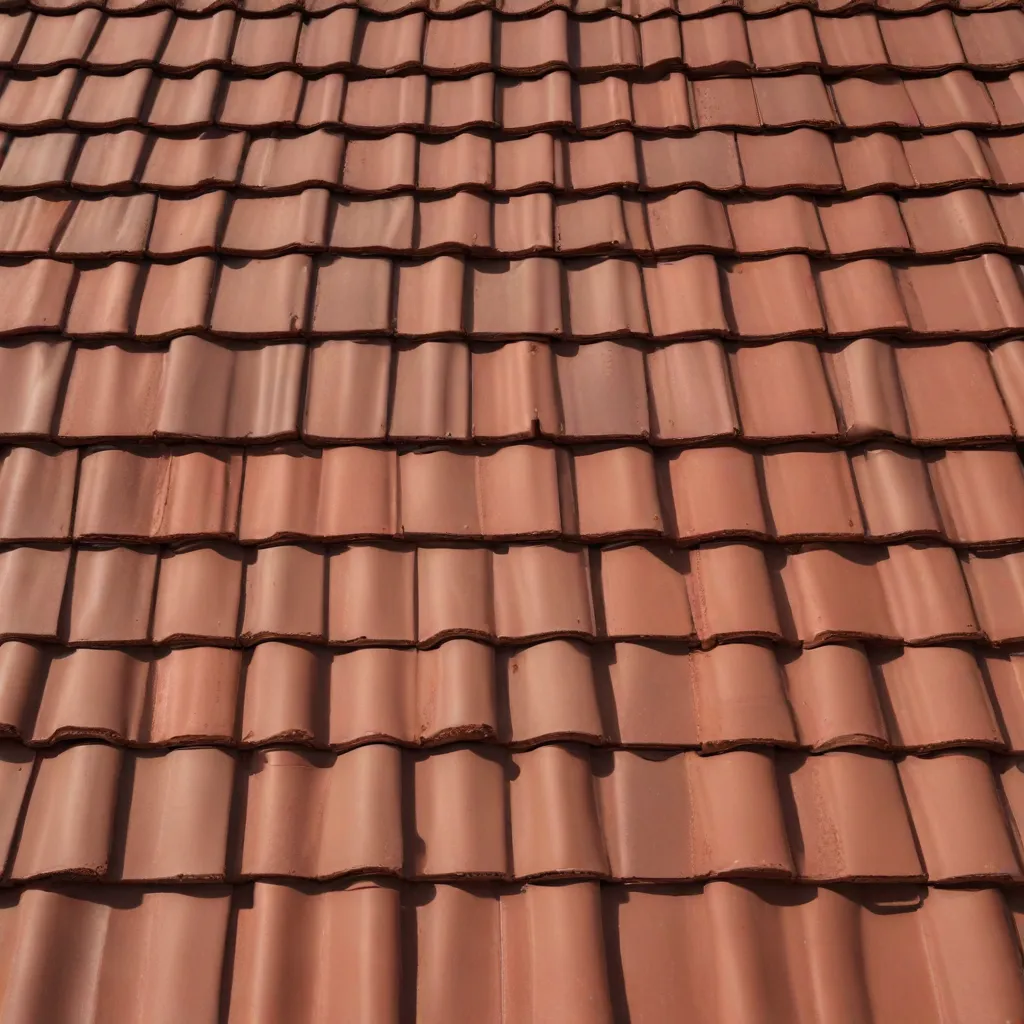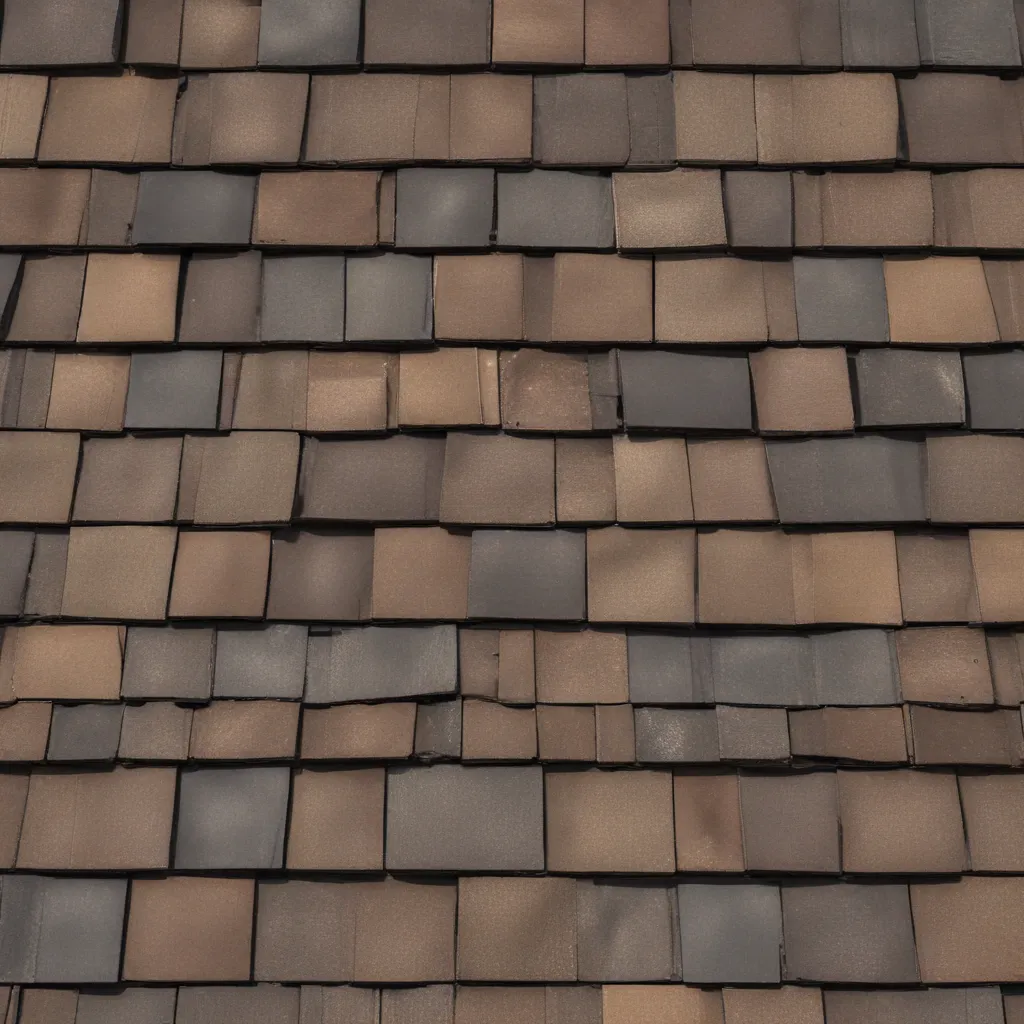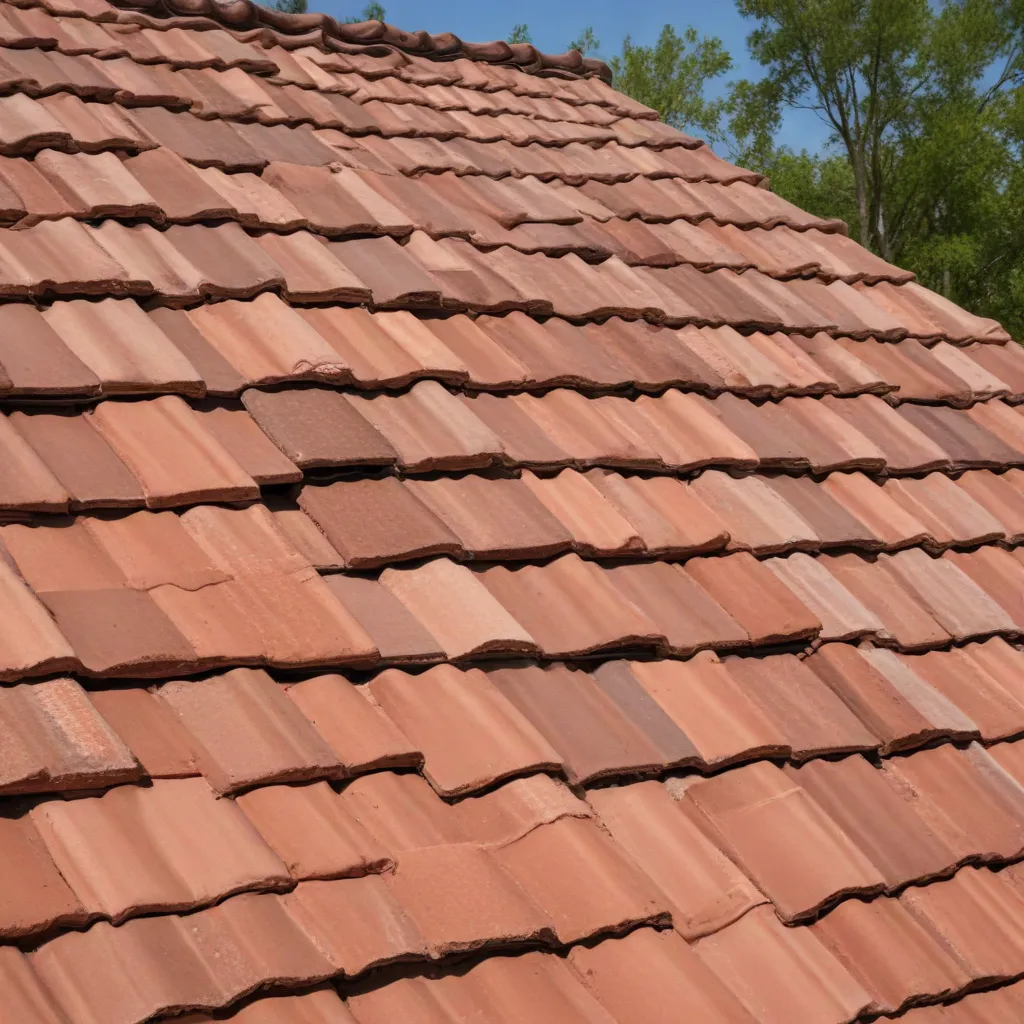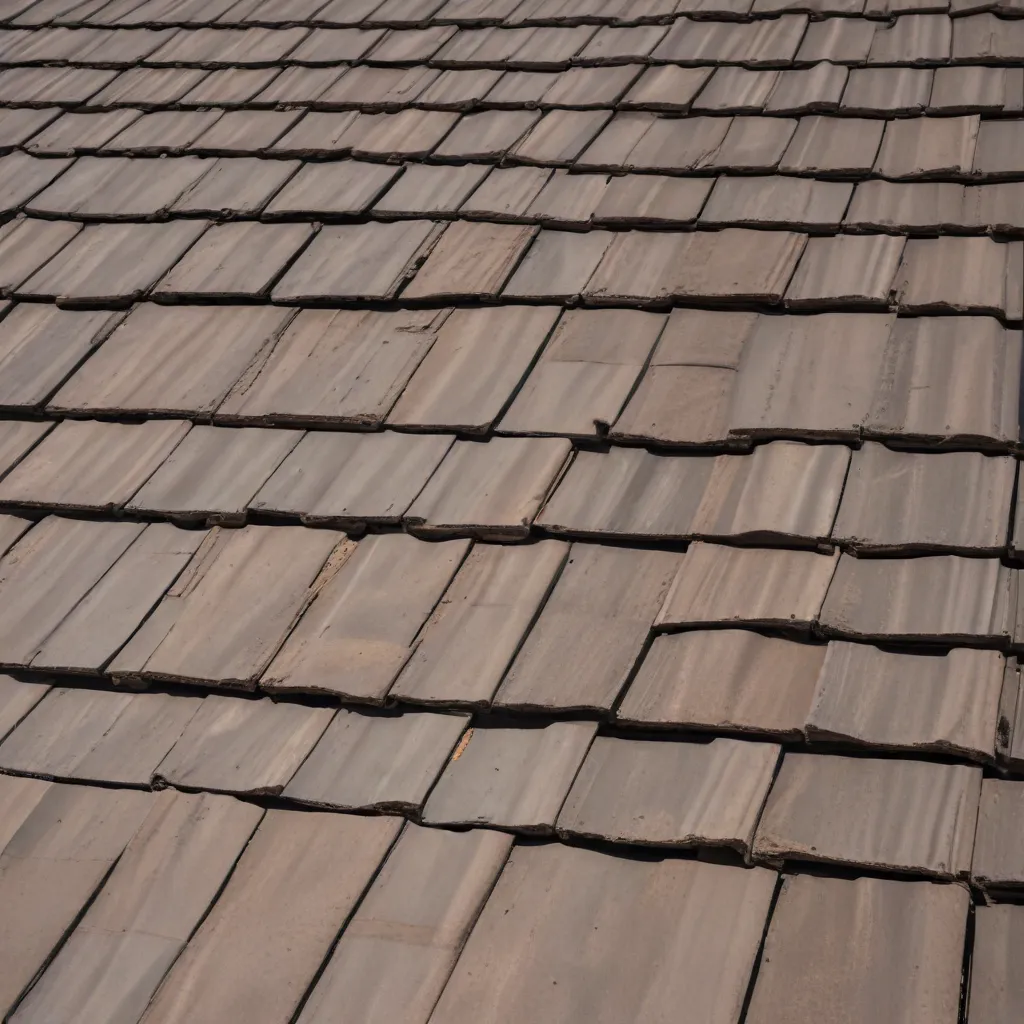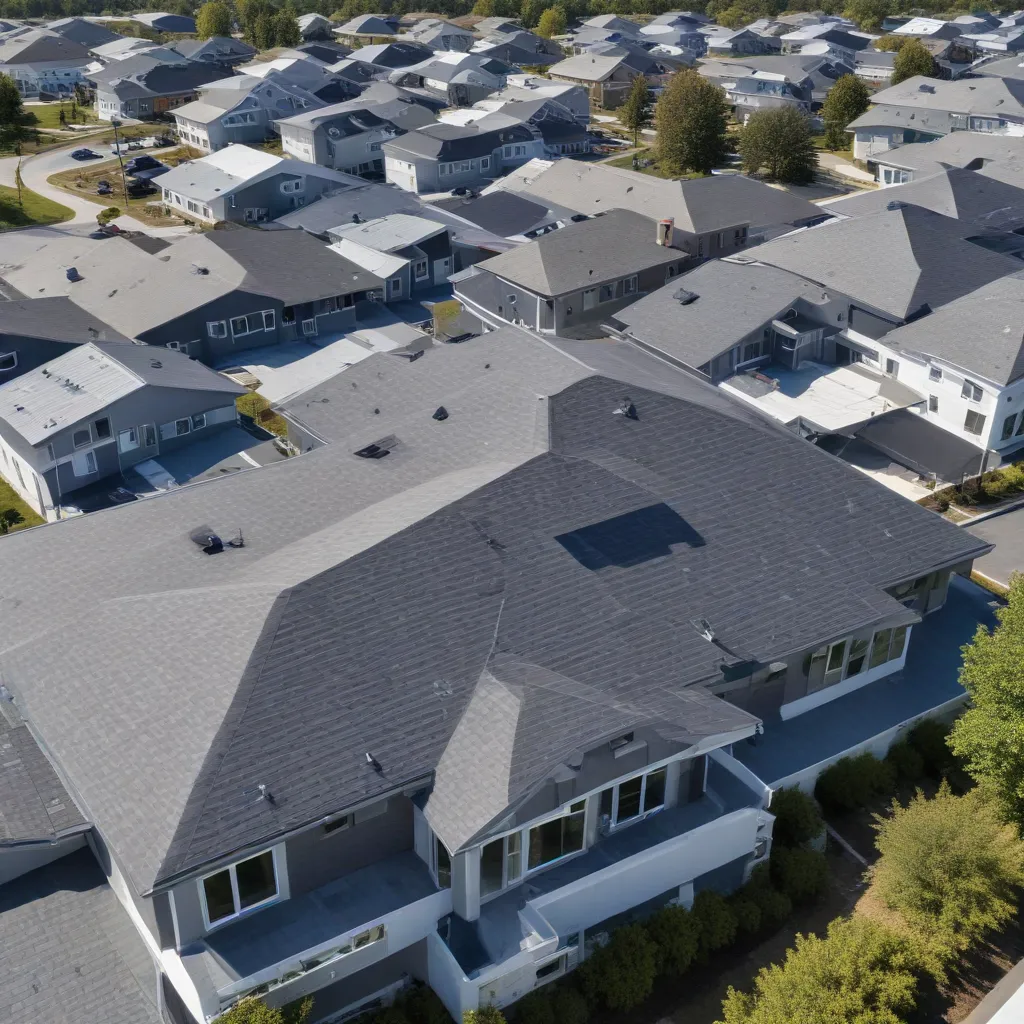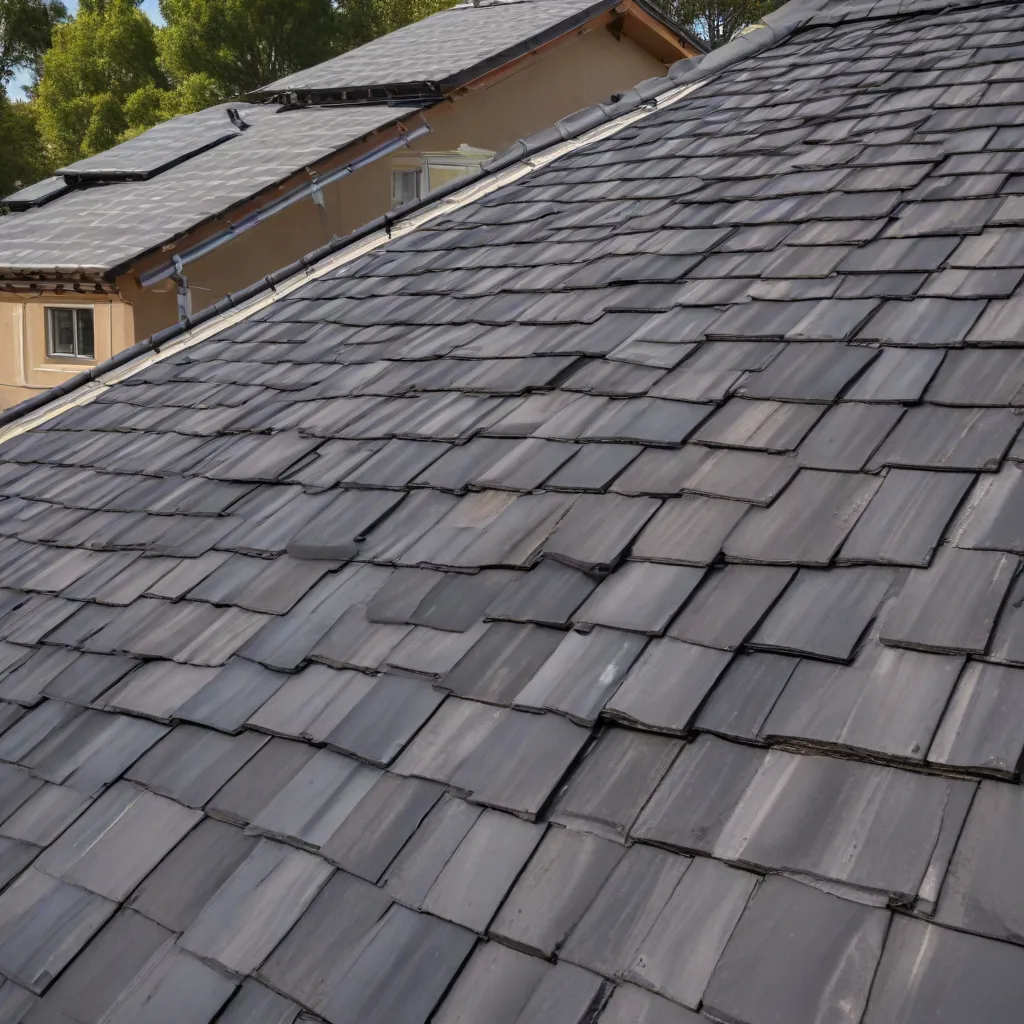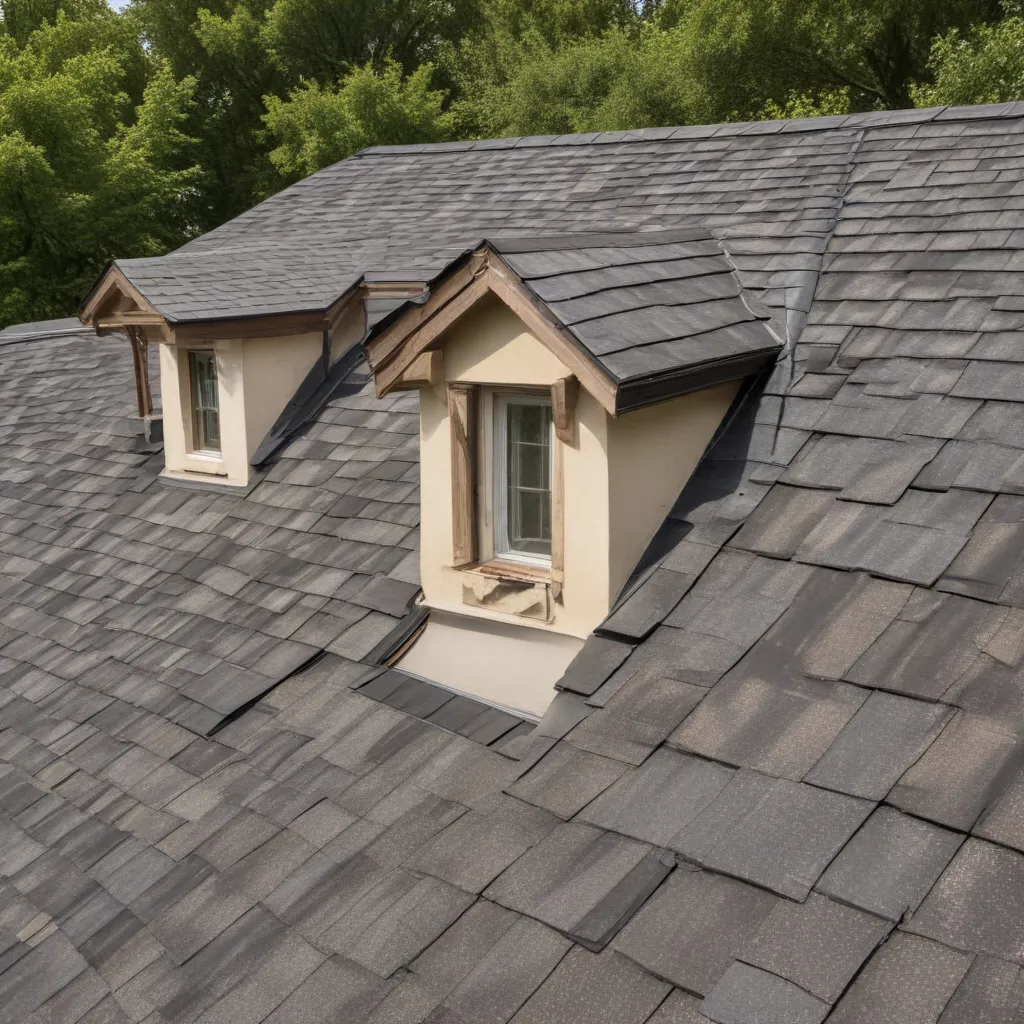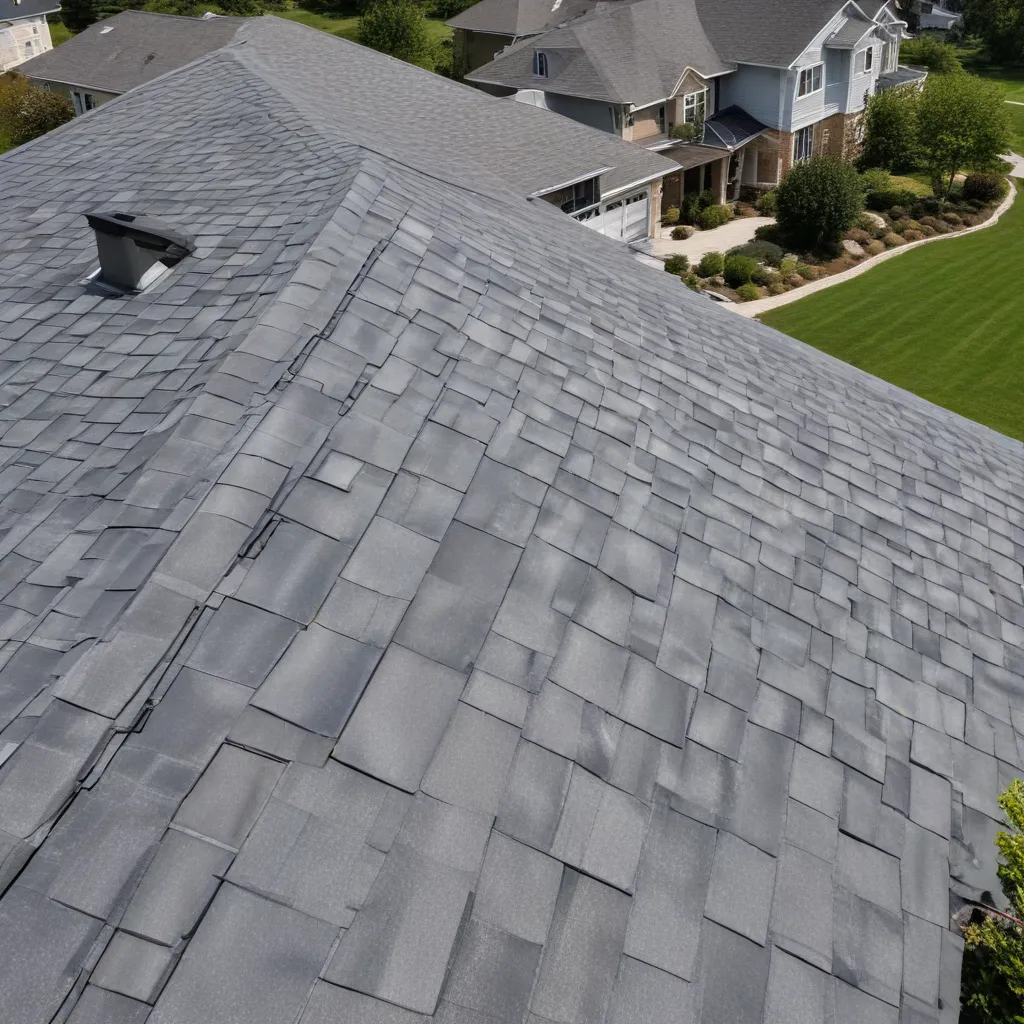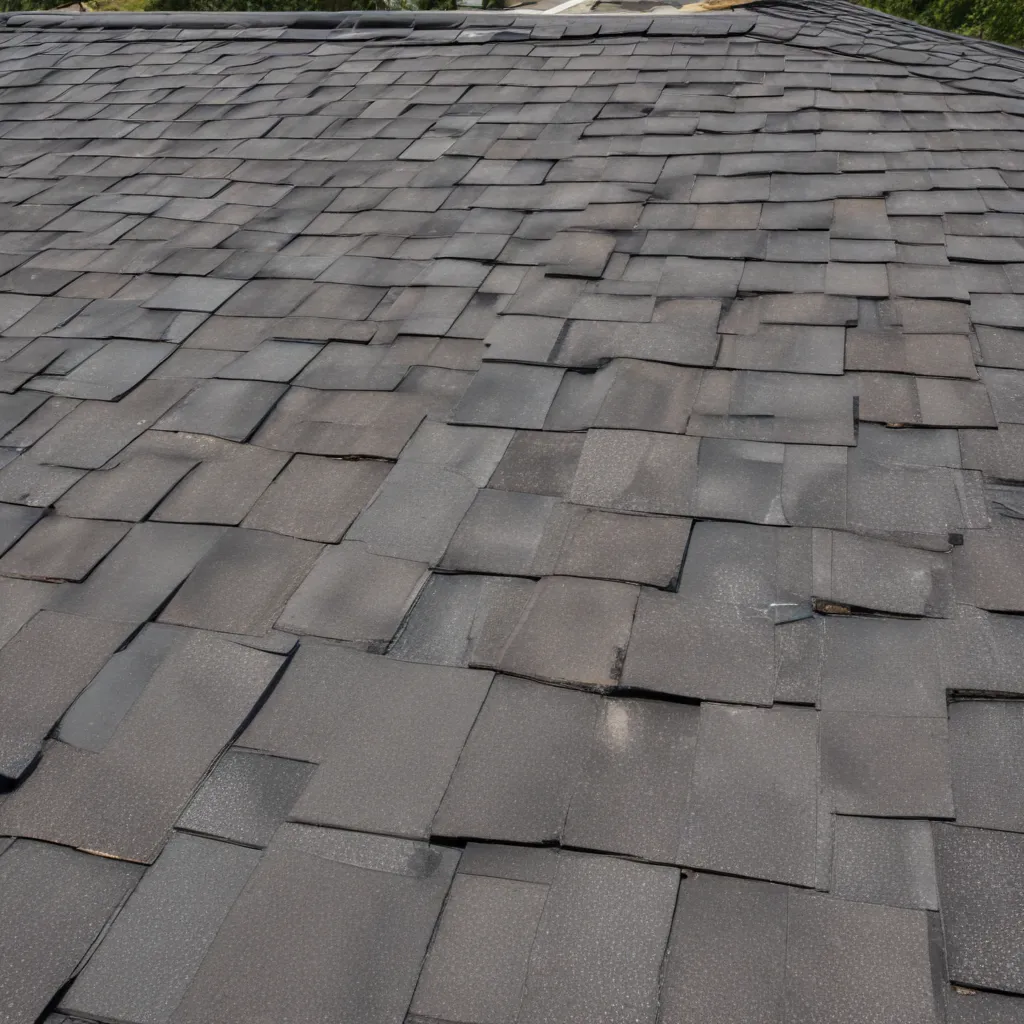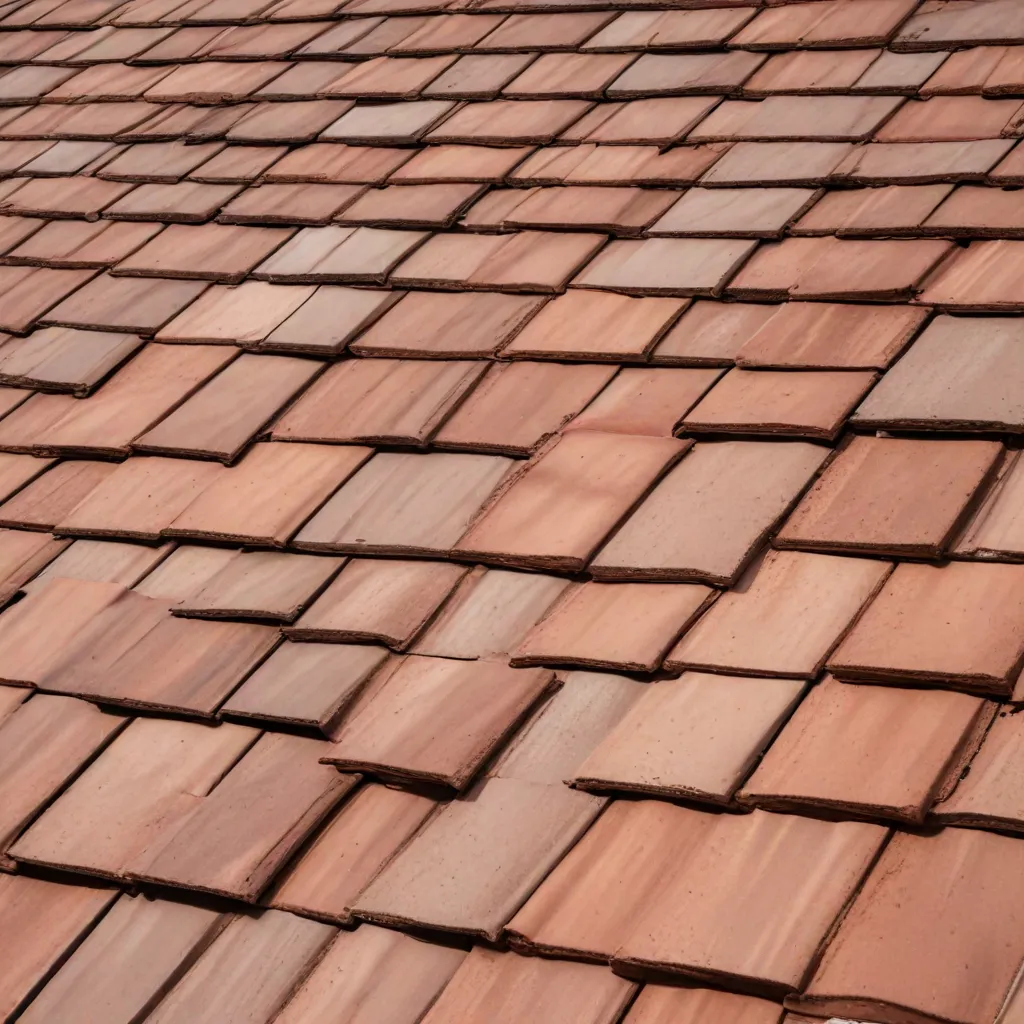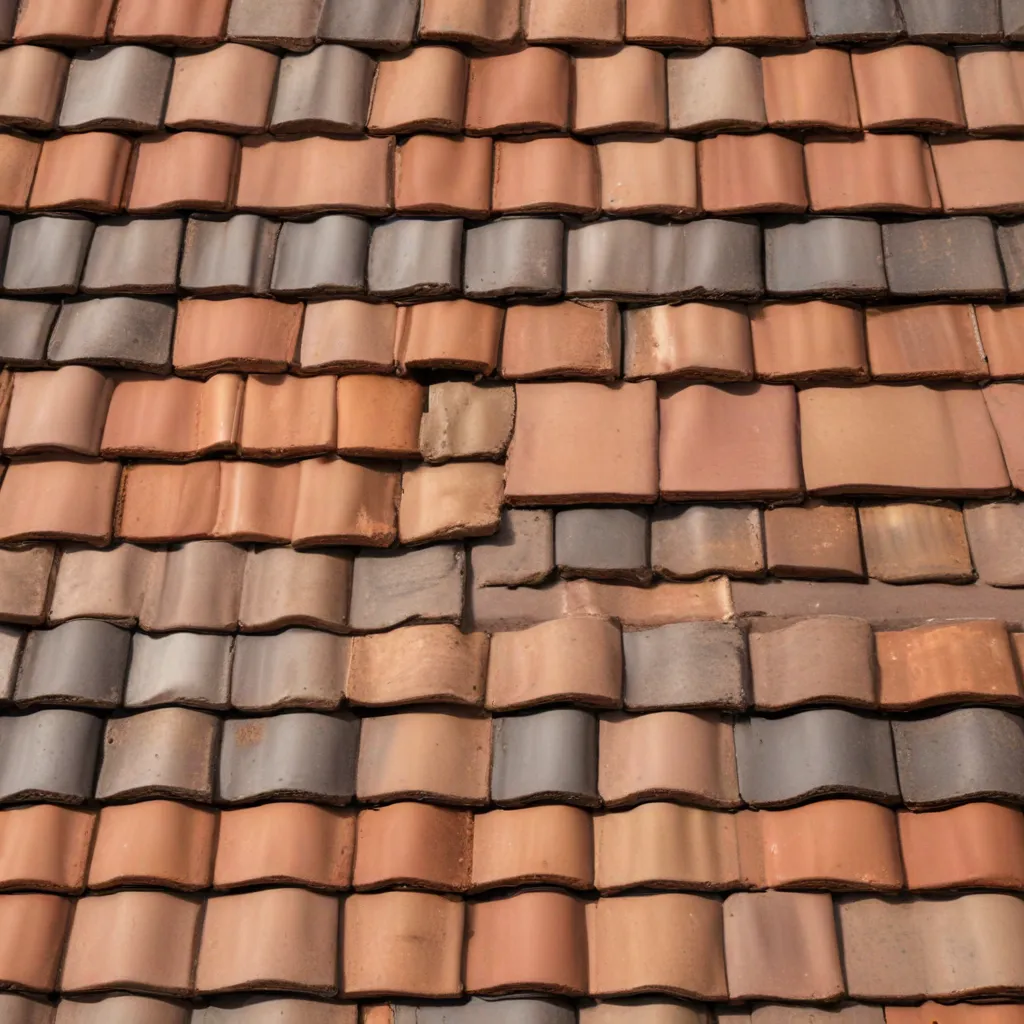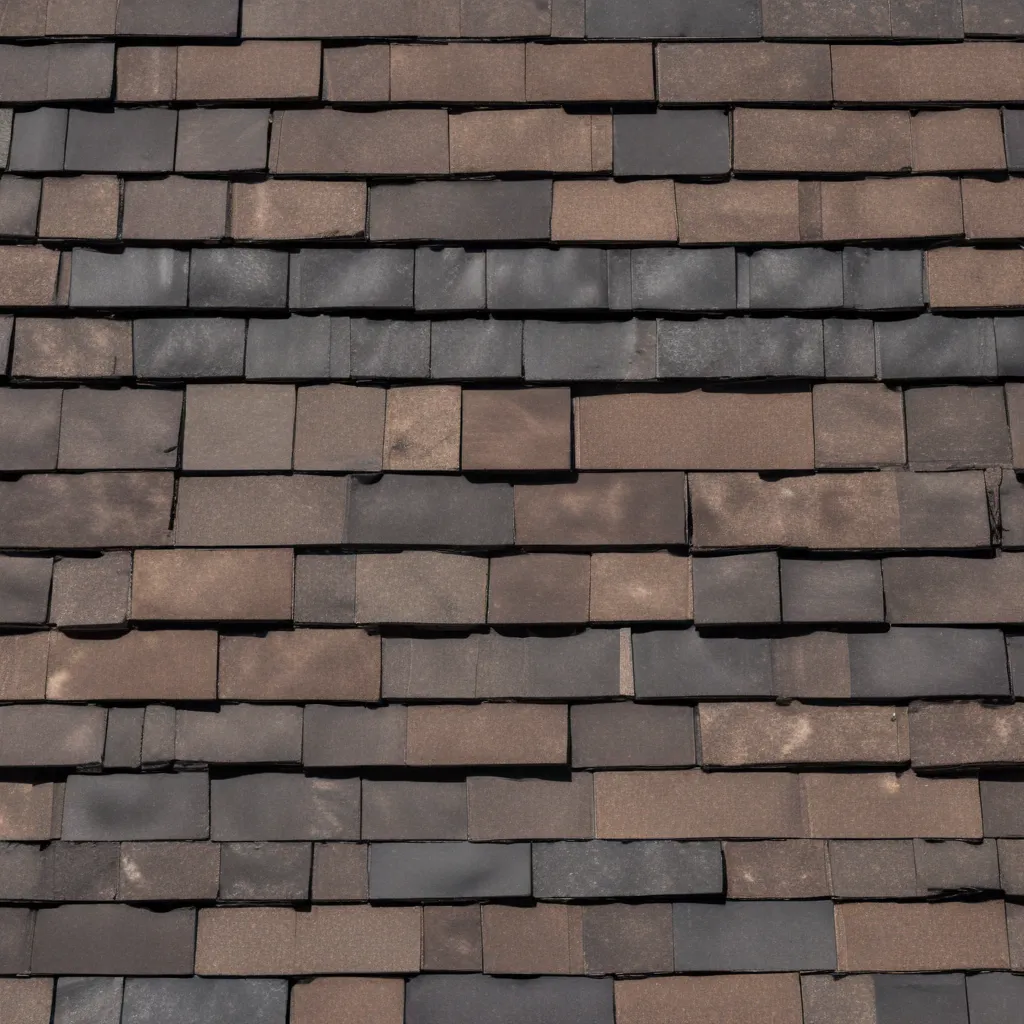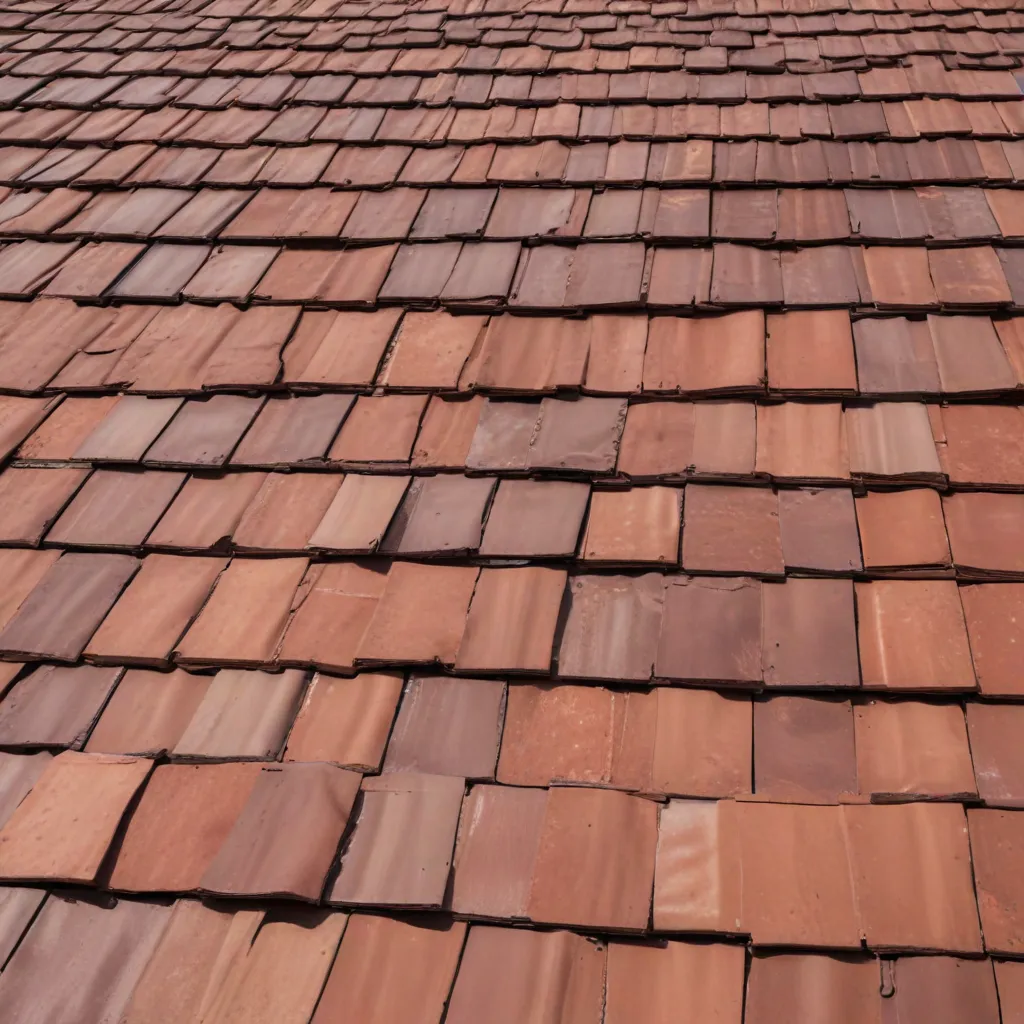A Roofers Guide to Wind Speeds

If you’re looking for a roofers guide to wind speeds, then you’ve come to the right place. This article is going to give you everything you need to know about the basics of wind speed, and it’s also going to cover how it can affect your roof. It will answer questions such as, “Is it safe to work in high wind?” and “What will happen to your roof when the wind is at its strongest?”
Wind speeds: the basics
Whether you’re building a home, renovating or repairing, a comprehensive understanding of wind speeds is important. These factors can have a huge effect on the cost of a home or the longevity of its contents. Getting a grip on this topic can prevent you from making the dreaded mistake of ignoring a potential hazard. You can also learn a thing or two about the best way to mitigate the risks. In this article, we’ll take a brief look at some of the more basic concepts. Using a standardized set of criteria and a bit of math, you’ll find out what makes your home tick.
There are several types of winds, and they vary in magnitude. The most common are straight line winds. Other notable windy weather patterns include gusty updrafts, gusty downdrafts and squalls. The best way to assess the ebbs and flows of your windy locale is to get a hold of local climatological data. For instance, the highest wind occurrences in your state may be surprisingly few, even though the annual peaks are fairly common.
While you’re at it, it’s a good idea to consult a certified meteorologist. Even though they might not be able to give you a definitive answer, they can help point you in the right direction. Getting your facts straight will make for a better building product in the end. This is especially true if you plan on reselling your property.
It’s not uncommon to be faced with a confusing array of options. Luckily, CertainTeed has taken the guesswork out of deciding on which roof products are right for you. Their wind warranties are designed to shield you from the ravages of strong winds. They are backed by a 100-year warranty and come with a free lifetime roof inspection. To ensure you’re getting the most out of your roofing investment, contact your local CertainTeed representative today.
What high wind can do to your roof
Wind damage can affect your home’s roof in several ways. Depending on the level of the wind, your shingles may curl, loosen, or even blow off. If you notice any of these, you should call a professional to assess the damage.
Older roofs are more likely to suffer from wind damage. They are also more susceptible to hail and snow. Having a roof with an aerodynamic design and multiple slopes can make it less likely to be damaged.
High winds can cause a variety of problems, from tearing off shingles to leaks. Checking for wind damage is a crucial part of being a smart homeowner. Some signs of wind damage include falling debris, missing granules, and even missing shingles. To spot any of these, it’s best to check the roof from the ground and the attic. You should also inspect the chimney and downspouts for damage.
Roofs are especially vulnerable to wind damage around the corners, ridges, and edges. However, these areas may not be visible from the street. During a rainstorm, if you notice large dents or cracks in your roof, it’s likely that there is some wind damage.
The best way to determine how much wind damage your roof is sustaining is to conduct an inspection after a strong storm. A professional can help you assess the extent of the damage, and suggest any repairs that are needed.
Depending on the type of roofing material, the age of the roof, and the way it was installed, it may be more susceptible to wind damage. For example, tile and slate roofs are more prone to wind damage. It’s important to consider the roofing materials when deciding on a replacement.
Wind can also weaken or completely destroy unsecured components of your roof, such as gutters and downspouts. This can result in water leaks and other costly repairs.
The speed of the wind is also a key factor in determining the extent of your roof’s damage. Wind speeds over 50 miles per hour can uplift your roof shingles, leaving them exposed to further damage.
Is it safe to work in high wind?
High winds can pose safety risks to outdoor workers. The gusts can blow around loose material, debris, and even objects that are being lifted. These hazards can be severe.
The first thing to do when working in high winds is to make sure that you have proper PPE. You may also want to use a safety harness.
It’s also important to take the time to inspect your building and machinery for damage. If a structure has fallen in or a piece of equipment has been damaged, you need to take action immediately.
During high wind conditions, it’s important to wear goggles and safety glasses. These items are important to prevent the small pieces of debris from getting into your eyes.
For example, a bundle of steel that struck a group of people walking down the street can cause serious injuries. Additionally, the impact from a falling object can cause a worker to lose their balance.
High winds can also have a negative impact on the temperature outside. This is why it’s important to monitor the weather before you start work. A good anemometer will tell you how strong the winds are. Knowing the expected wind speeds can help you plan your shift.
Lastly, you should check with your supervisor to see if you should be able to continue working during high wind. Depending on the severity of the storm, you might need to move indoors.
Taking the time to learn about the risks of working in high winds is essential. Wind safety should be a top priority for industrial site managers. With the right precautions, you can ensure that your employees stay safe and prevent accidents.
Whenever you are planning to work outdoors, you should know the dangers of high wind. Wearing the correct PPE, checking the weather, and having a clear understanding of the risks are all steps you can take to avoid injury. Make sure to report all hazards to your supervisor and coworkers.
Keeping up with your supervisor and your local weather service will help you prepare for and handle the high winds. Whether you’re at work or home, if you notice that the weather is unusually bad, consider canceling your shift or moving indoors.

